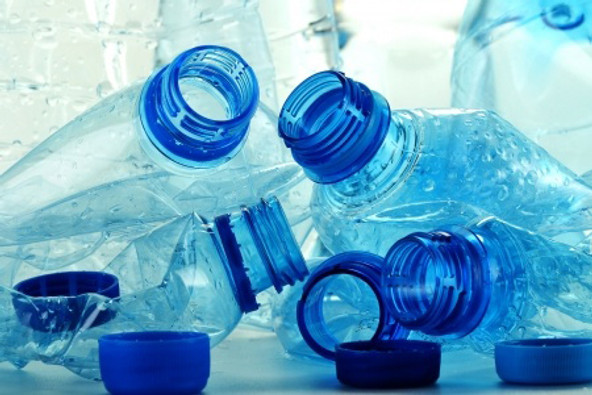Nov 3rd 2025
Nutrients that Protect Against BPA
Bisphenol A (BPA) could be a poster child for the Precautionary Principle—the principle that synthetic chemicals should be proved safe before they are allowed to come into commercial use. Now that BPA is found just about everywhere and in everyone (see above article), it has been implicated in a host of dysfunctions and diseases.But there’s some good news. Scientists have been exploring various nutrients which may be able to limit BPA’s harmful biological effects and/or assist the body in breaking down and excreting this estrogenic compound. Fortunately these include many of the nutritional “good guys” Beyond Health has been recommending for years.Green and Black TeaOne way in which BPA harms body tissues is through oxidative stress—it reportedly has effects similar to hydrogen peroxide (H2O2). However in two laboratory studies, extracts from both green tea and black tea were able to mitigate these effects and protect cells from oxidative damage. Green tea also stimulates glucuronidat…
read more Fuel your life with the purest vitamins
Fuel your life with the purest vitamins
